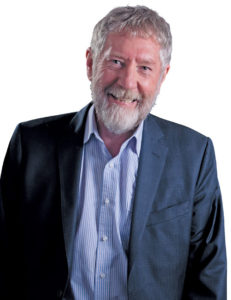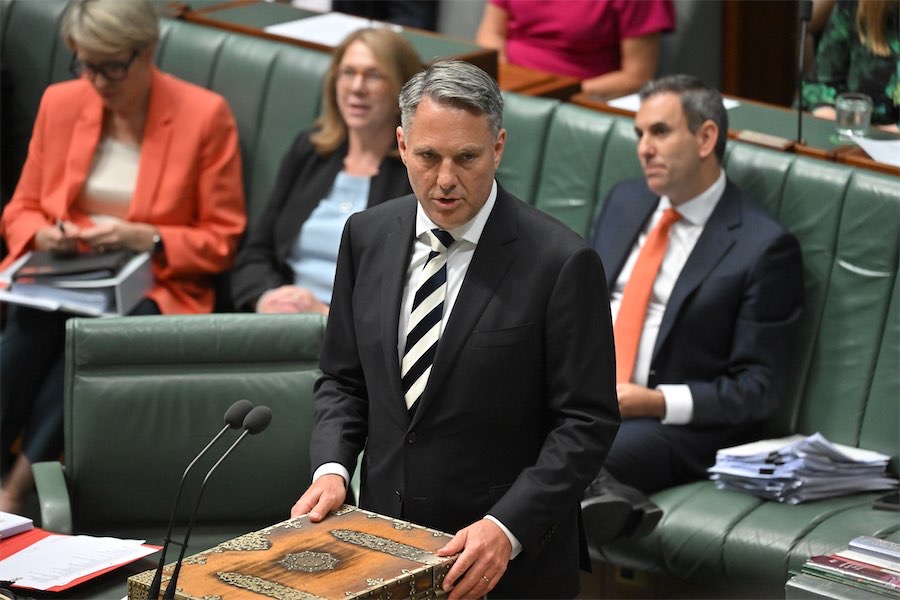“Preventive health planning puts the lie to all politics being simply focused on the next election. Working to ensure healthier people and a healthier community will not only reduce pain and suffering of Canberrans but will reduce health care expenditures,” writes political columnist MICHAEL MOORE.
ALTHOUGH the newly announced “Healthy Canberra Plan” provides a framework, it is not a plan. As a framework, it is an important step forward. However, in terms of preventive health, there are some serious omissions.

According to ACT Health Minister Rachel Stephen-Smith, her government “wants all Canberrans to enjoy the highest standards of health at every stage of life and to participate fully in the opportunities our city has to offer”. A lofty ideal.
She continues: “The Healthy Canberra: ACT Preventive Health Plan 2020–2025 (the Healthy Canberra Plan) sets the foundations for achieving that goal”.
Former ACT chief planner Peter Harrison (after whom the suburb in Gungahlin is named) once explained that an effective plan identifies “how much, where and when”. The “Healthy Canberra Plan” does none of these. In its own words it is a “framework for action” with a “prevention focus”.
The framework is welcome. And it does largely set the foundations for a preventive health approach identifying “what we want to achieve”. The planning will come later. At the very end, the framework announces “Action Plans”. The “Action Plans”, that are intended to build on each of the areas identified earlier in the document, will be delivered in two stages: the first will be 2020-2022, and the second from 2023-2025.
Preventive health planning puts the lie to all politics being simply focused on the next election. Prevention is a long-term process to improve health with outcomes well into the future. Working to ensure healthier people and a healthier community will not only reduce pain and suffering of Canberrans but will reduce health care expenditures.
The “Healthy Canberra Plan” is established on four important guiding principles. The first is being evidence based, the second is health at every stage, third is equity and finally being innovative. So far so good.
This “framework” is aspirational. It identifies the importance of a population health approach to fitness and improving diet. The dietary goal is to make healthier food choices easier choices.
This includes empowering individuals with knowledge and understanding. Most of us understand the difference between healthy whole foods and discretionary foods. The greater, and more important challenge is changing the environment in which such decisions are made.
Aspirational targets such as “lower intakes of energy-dense, nutrient-poor (discretionary) foods and drinks” and “increased consumption of vegetables” are ideal. However, excessive marketing and ready availability dominate the market, making the healthier choice so much more difficult. This framework does not identify “how”, much less “where” and “when” these will be tackled.
There is a similar story with countering risky behaviours in areas such as tobacco, electronic cigarettes and alcohol. Individual knowledge and education are critical. However, government campaigns are most effective only when combined with other interventions such as regulation on access, availability and price.
There are some significant gaps in the framework. Immunisation is an important preventive measure across the life course, but is not mentioned. Note, for example, the measles outbreak in Samoa with more than 65 people dead – mostly under five years old. Although early childhood vaccination is well understood and largely successful in Australia, vaccination of adults is less well understood.
Infections such as flu, pneumonia and shingles have a devastating impact on quality of life, they hospitalise and kill many older people. For each of these diseases there is a vaccine that can prevent or lessen the impact of the disease.
Climate change has a major impact on population health. It is being addressed generically by the ACT government but really should form part of a preventive health strategy.
And what of gambling? The impact on health is well recorded. Betting agencies and poker machine outlets overwhelmingly resist even the most modest of interventions (such as pre-commitments). Education has a place, but it is not enough. What is required is sensible regulation.
A preventive health plan is well overdue. Rachel Stephen-Smith has taken this on despite being recently appointed to the health portfolio. Even though it has some gaps, this is a sensible framework. Addressing these gaps and moving quickly to “action plans” will establish the ACT as a leader in preventive health.
Michael Moore, a former independent ACT minister for health, was part of the early consultation of the “Healthy Canberra Plan” and was invited to the last session, but was away and unable to attend. He was president of the World Federation of Public Health Associations (2016-2018).
Who can be trusted?
In a world of spin and confusion, there’s never been a more important time to support independent journalism in Canberra.
If you trust our work online and want to enforce the power of independent voices, I invite you to make a small contribution.
Every dollar of support is invested back into our journalism to help keep citynews.com.au strong and free.
Thank you,
Ian Meikle, editor





Leave a Reply